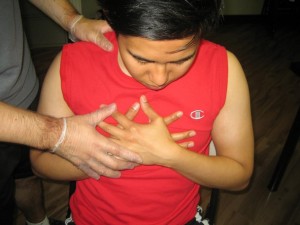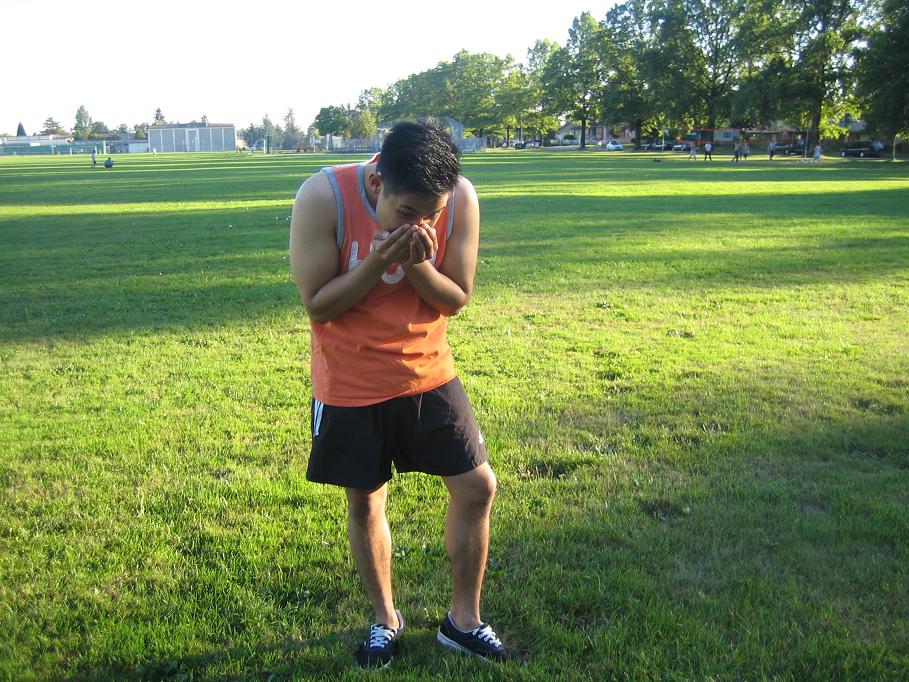Mold is a fungus which makes spores rather than seeds such as plants and floats in the air similar to pollen. When an individual inhales the spores of mold, it can result to symptoms of an allergy.
[youtube url=”https://www.youtube.com/watch?v=tU0CsgQE04U” width=”220″]Outdoor molds grow in fallen leaves, rotting logs, compost piles, on grasses and grains. Even during early winter or frost in late fall, it will not eliminate the mold. Indoor molds grow in areas where there is moisture such as the bathroom, kitchen and basement. People whose family members have allergies to molds, pollen and animal dander are more likely to become allergic to mold.
Allergies to mold can cause coughing, the eyes become itchy and other symptoms that make the affected person miserable. Sometimes allergies on mold can result to asthma and exposure causes difficulties in breathing and other symptoms.
Symptoms of mold allergy vary from person to person and can range from mild to severe. A person can have symptoms all year round that flare up on certain times of the year and usually when the weather is damp or in outdoor or indoor spaces where concentrations of mold is very high.
Symptoms

- Runny or stuffy nose
- Sneezing, cough and postnasal drip
- Itchiness of the eyes, nose and throat
- Watery eyes
Causes
Allergy on mold is caused by a reaction of a sensitive immune system. When inhaling the airborne mold spores, the body will respond to it as foreign invaders and develops allergy-causing antibodies that help in eliminating them. The body releases a substance called histamine which causes itchy and watery eyes, runny nose, sneezing and other symptoms that can be caused by allergy on mold.
Mold causes illness without an allergic reaction such as infections that result from flu-like symptoms to skin infections and even pneumonia. An irritant reaction to mold is caused when substance from mold known as volatile organic compounds cause irritation of the mucous membranes of the body and produces symptoms such as runny nose, irritation of the eyes, cough, irritation of the skin and headaches.
Treatment of mold allergy
- Sleep with windows closed in order to help prevent outdoor mold from getting inside the room and usually airborne spores of mold are greatest during night where the weather is cool and damp.
- Put an exhaust fan or open a window in the bathroom in order to help eliminate moisture.
- Wear a dust mask that can cover the nose and mouth when going outdoors when raking leaves, mowing the lawn and working around compost.
- Avoid going outdoors especially after a rainstorm especially in damp or foggy areas. This is where there is high concentration of mold in the area.
- Eliminate sources of dampness usually in basements such as leaking pipes and ground water seepage.
- Install a dehumidifier in areas of the house that smells damp or musty and maintain the levels of humidity below 50%. Clean and change regularly the collection bucket and condensation coil.
- Install a central air conditioning that has a high-efficiency particulate air filter connection since it helps in trapping mold spores from the outside before circulating inside the house.
FACT CHECK
https://www.webmd.com/allergies/ss/ways-to-reduce-mold-allergies-slideshow
https://www.aaaai.org/conditions-and-treatments/allergies/mold-allergy
https://www.mayoclinic.org/diseases-conditions/mold-allergy/symptoms-causes/syc-20351519

